This summer I did the [ALS] ice bucket challenge. But I’m challenged by another disease. A disease so scary people won’t say it out loud. A disease so frightening that doctors are afraid to talk about it. A disease so feared that physicians falsify death certificates, families deny the cause of death, and most victims’ names are hidden for eternity.
Every year we lose over 400 doctors to suicide. That’s like an entire medical school—gone. I was suicidal. I survived. But I lost both men I dated in med school to suicide. And 3 doctors in my town in just over a year to suicide. Each year over 1 million Americans will lose their doctors to suicide. These are just the physician suicides I heard about this year:
Gregory Miday, MD, internist, by scalpel in bathtub
Vincent Uybarreta, MD, surgery intern, by belt hanging in closet
Kaitlyn Elkins, third-year medical student (and her grieving mother, Rhonda Elkins), both by helium overdose
David Brooks, MD, family doctor, by standing in front of train
Phillip Henderson, MD, III, fourth-generation obstetrician, by gunshot wound
Rafael, family doctor in South Carolina, by overdose
Gregg, internist in California, by overdose
Pediatrician in Oregon, by gunshot wound in park
Vascular surgeon in California, by carbon monoxide
Urologist in Oregon, by gunshot wound
Larry, anesthesiologist in Oregon, by overdose in hospital closet
Edward, family doctor in Oregon, by gunshot wound in clinic
Otolaryngologist in Kentucky, by jumping from balcony
Orthopedic surgeon in California
Anesthesiologist in Washington
Female third-year medical student in Michigan, by overdose
Another medical student in Michigan
Male surgeon
Male radiation oncologist
Male internist
Male doctor
Male doctor
Male colorectal surgeon in Texas
Male medical student
Male doctor
Male doctor
Male intern
Male pediatric surgeon, by gunshot wound in bedroom
Male doctor
Female internist
Male family medicine resident
Male doctor, by gunshot wound
Male family doctor, by drowning
Male second-year medical student in Washington, by gunshot wound
Male neurosurgeon
Cardiologist in California, by gunshot wound in laundry room
Male anesthesiologist
Female family physician in Iowa
Male anesthesiologist, by overdose in hospital
Another male anesthesiologist, by overdose in hospital
Male medical student
Jack, doctor
Male doctor in Oregon
Jose, doctor
Craig, doctor
Male physician
Male surgeon
Female physician
Female medical student
Another female medical student
Male medical student
Male doctor, by heroin overdose
Male pediatric intensivist, by plane crash
Male family physician, by gunshot wound
Female obstetrician, by driving off bridge
Male obstetrician, by gunshot wound
Male internist, by overdose
Male medical student, by jumping
Male medical student, by gunshot wound
Male physician
Male surgeon
Male family physician in Alabama, by gunshot wound in driveway
A married physician couple, by overdose
Another married physician couple, by overdose in hotel room
Female doctor in Wyoming
Male allergist in Oregon, by jumping from hospital parking garage
Rudolph Fajardo, MD, pediatrician, by gunshot wound
Bruce Feldman, MD, surgeon, by jumping from bridge
Male doctor
Captain Michael Ryan McCaddon, MD, Army obstetrician, killed himself at Tripler Army Medical Center in Honolulu
Nicholas DePizzo, MD, family doctor, by gunshot wound in office
Henry Norrid, DO, by gunshot wound
Male radiation oncologist in Illinois, by jumping from window
Leonard Graff, MD, by gunshot wound in clinic
Jonathan Drummond-Webb, MD, pediatric heart surgeon, by overdose
Harry Reiss, MD, urologist in NYC, by overdose in clinic
Male doctor
Carrie Largent, second-year medical student
Douglas Meyer, MD, gastroenterologist, by jumping from hospital window in NYC
Daniel Gunther, MD, pediatric endocrinologist, by inhaling car exhaust
Hamza Brimah, MD internist, by gunshot wound
Male doctor, by overdose
Male doctor, by gunshot wound
Female anesthesiologist
Medical student in Boston
Another medical student in Boston
A third medical student in Boston
A fourth medical student in Boston
Male otolaryngologist, by hanging himself in hotel room
Male anesthesiologist, by overdose at the hospital
Male family doctor, by gunshot wound
Male doctor, by gunshot wound
Male pediatric endocrinologist, by hanging
Male physician
Another physician
Medical student
Male physician
Male medical student
Male physician
Male physician in Oregon, by gunshot wound
Male obstetrician, by gunshot wound
Male family medicine resident, by gunshot wound
Male obstetrician, by gunshot wound
Female physician, by overdose
Male family physician, by overdose
Male obstetrician, by overdose
Male psychiatrist, by gunshot wound
Female medical student, by gunshot wound after failing exam by 2 points
Female pediatrician
Emergency room physician in Oregon
Female anesthesiologist, by overdose
Orthopedic surgeon in Seattle, by gunshot wound in car
Male physician, by jumping from hospital
Another male physician, by jumping from hospital
Pediatric cardiologist
Pediatric immunologist
Male urologist, by stabbing himself in abdomen in hospital parking garage
Female medical student
Female otolaryngologist, by carbon monoxide
Medical student
Surgeon in Houston, by gunshot wound
Male medical student
Male urologist in Oregon
Urology resident in Portland, by walking in front of a truck on highway
Female physician, suicided after not getting a dermatology residency
Male first-year medical student
Radiologist
Obstetrician in Arkansas
Another obstetrician
When will it end?
Pamela Wible, M.D., is a family physician dedicating her life to ending physician suicide. She recently learned of these victims (though not all died this year). This list represents a small fraction of the U.S. medical students and doctors we lose every year to suicide. Learn how you can stop these suicides: Physician Suicide 101: Secrets, Lies & Solutions and Physician Suicide Etiquette: What to do when your doctor dies suddenly.
Director of photography: GeVe. Voiceover and cello: Pamela Wible, M.D.


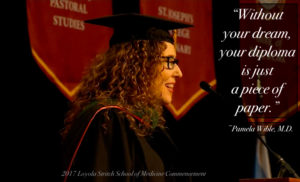
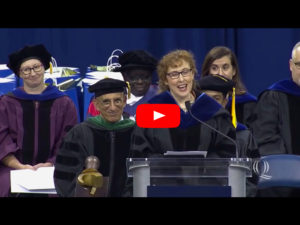
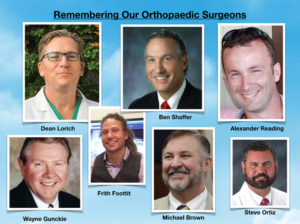
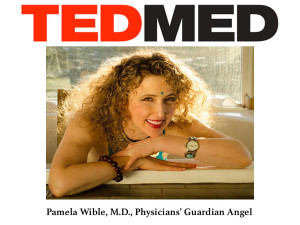
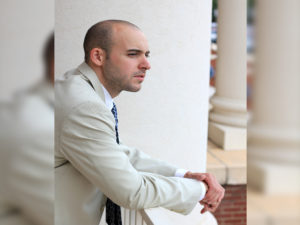
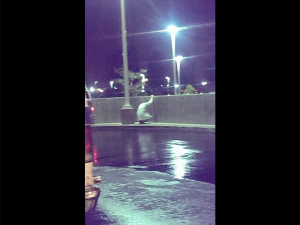
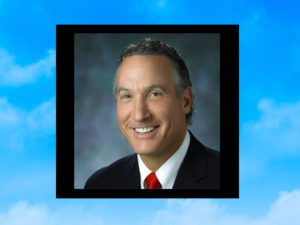
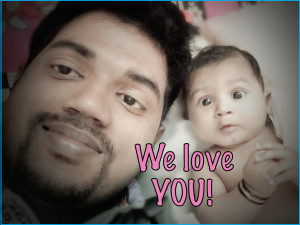

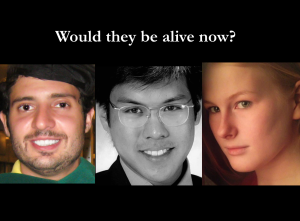
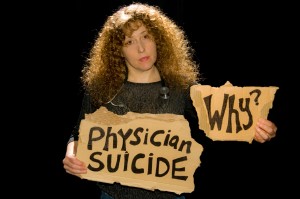
Before we can solve a problem, we need public awareness.
I am trying to come up with some words and failing. This is more then tragic. Thank you for your courage, knowledge and voice.
I’ve worked in the medical field for many years and did not know this well kept secret.
I will share your link with the organization where I work. It needs to be acknowledged and hopefully some healing will start.
Yes. The more people an grasp the truth of what is going on, the sooner the healer for all of us.
I give full & unrestricted permission for anyone to show my physician suicide awareness video at medical staff meetings, medical conventions, hospitals, medical schools, clinics, residency programs, movie theaters, family reunions, funerals, all social media sites, and on local and national news like 60 Minutes, CNN, MSNBC, ABC, NPR etc . . . (and anywhere else) . . .
Thank you to ALL who are sharing & caring.
Pamela, I am a third-generation primary care doctor currently working in Arizona.I too have survived suicide. When I received my medical degree, my father told me that we belong to a unique fraternity and that our duty is to care for one another. Thanks to the support I have received from fellow doctors, I am a stronger and more knowledgeable person and wish to reach out to anyone who needs help.
The Arizona medical Board program for alcohol and drug problems in doctors is extremely punitive and expensive costing $1000 a month for five years so as not to forefoot your license while in their overly demanding mandatory five year recovery program. It,s hard to ask for help when the result is punishment. It seems that the disease of addiction closely associated with suicide has now become a money maker for those who are in power and can take advantage. Any suggestions on how to combat this trend would to be appreciated. Thanks again for your campaign.
Robert:
1) Shine light on problem. We can not fix something if we have no awareness. Physicians who have been injured by these punitive programs need to write & speak about this at local med society, local newspaper, medical conferences, among peers. Do not stop addressing this. Make it your mission.
2) Offer alternate way to help our colleagues who have (occupationally-induced) drug, alcohol, mental distress. Think along the lines of primary, secondary, tertiary prevention strategies as outlined in my suicide 101 blog.
3) Realize that if we do not take this on nobody else will. Politicians, administrators, CEOs do not have the interest that we have (or should have) in supporting each other.
4) The public should be outraged that we are losing excellent doctors to suicide and these punitive programs than ultimately injure us all.
5) Call me if you need any other ideas: 541-345-2437.
Do something.
~ Pamela
And yet I see physicians do the same thing to nurses all the time. Especially by surgeons.
There was a male intern who jumped off his old medical school dormitory, and a male anesthesia resident found dead by propofol overdose in his apartment. Both in New York.
So many victims are nameless. This list is likely just 10-20% of the docs, med students we lose yearly.
It is indeed sad that doctors have to end their lives by suicide. There are many factors leading to suicide among physicians but their extreme hard life and the total lack of empathy by their colleagues in the profession is according to me the main reason. We doctors pride in treating patients and bringing them back from death in many case. When it comes to our own we just don’t care. Anybody committing suicide is looked down upon. The sbuse of doctors starts with their entry into medical school and continues, not by aanybody but their own members. Such is the level of abuse that nobody raises any voice. The system is built on rewarding kiss asses and that is the majority in our profession.
Huge cycle of abuse. The victims become the victimizers. Stockholm syndrome rampant. As is denial.
As a patient I find it amazing doctors commit suicide. The ones I’ve run into are arrogant, corrupt and lazy. If those people commit suicide I will gladly help them. People are getting screwed by a corrupt system and if doctors won’t stand by the people then to hell with them. I have yet to find a doctor I can trust. The doctors today are being bought by the insurance companies and/or the pharmaceutical companies.
Funny, I grew up believing they were some of the best of us only to discover they are just as corrupt as the worst of us. Unfortunately, I don’t believe the corrupt ones are the ones committing suicide.
The sweet sensitive caring ones are often dying first. Until we can develop empathy for one another things will only get worse. Patients and doctors are on the same team you know.